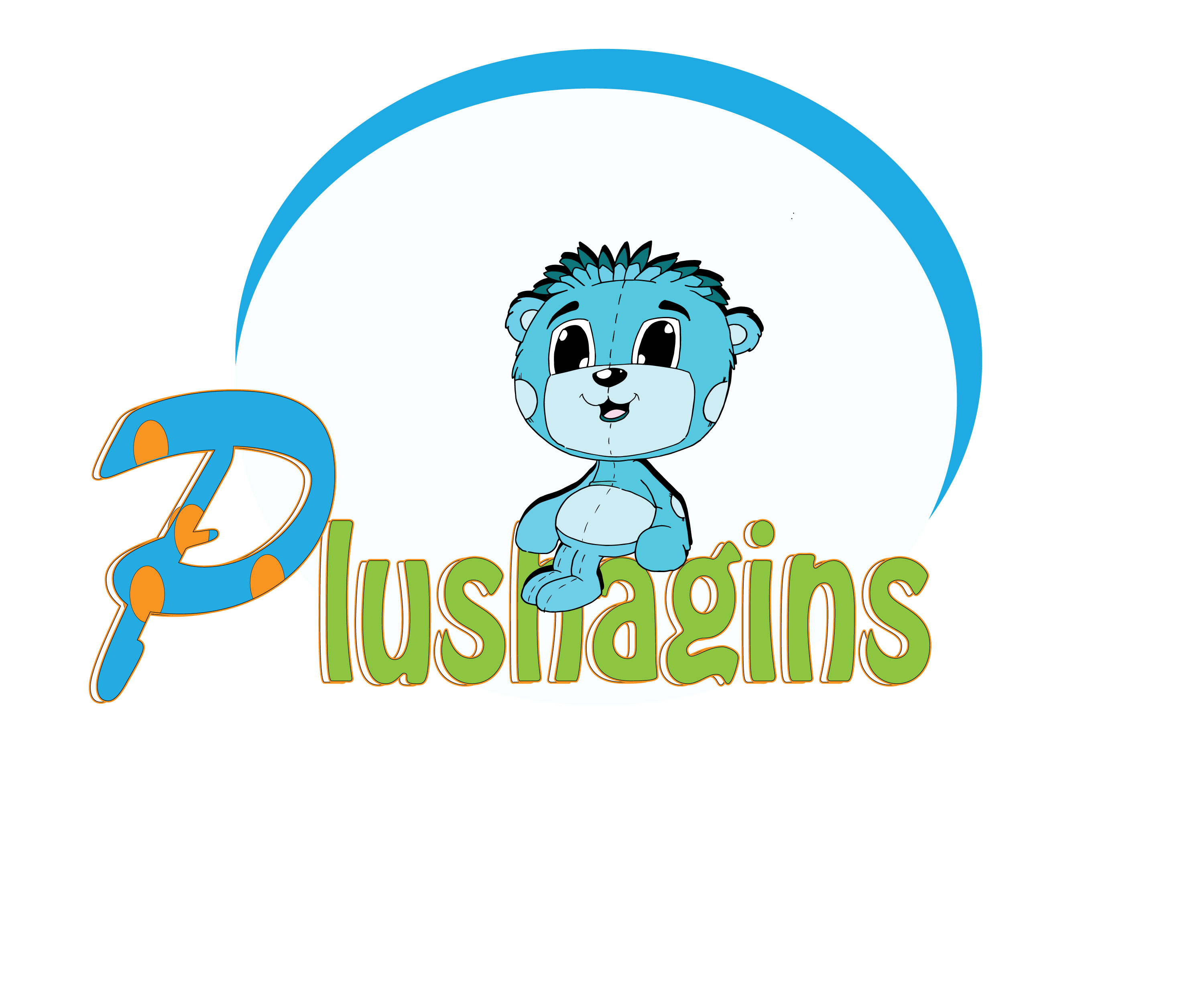Creative Ideas for Graphics and Illustrations
- R. Andrew

- Sep 2
- 3 min read
Creating eye-catching graphics and illustrations is essential for making your projects stand out. Whether you are designing for digital platforms, print, or branding, having fresh and creative ideas can elevate your work. This post explores practical and innovative ways to enhance your graphic and illustration projects with actionable tips and examples.
Creative Graphic Design Tips to Spark Your Imagination
When starting a new design, inspiration is key. Here are some creative graphic design tips to help you generate unique ideas:
Experiment with Color Palettes: Use unexpected color combinations to create visual interest. Try complementary colors or monochromatic schemes with varying shades.
Play with Typography: Mix fonts with different weights and styles. Use bold headlines paired with delicate script fonts for contrast.
Incorporate Negative Space: Use empty space strategically to highlight important elements and create balance.
Use Geometric Shapes: Integrate circles, triangles, and polygons to add structure and modernity.
Add Texture and Patterns: Subtle textures or repeating patterns can add depth and tactile feel to flat designs.
For example, a backpack design using a bold sans-serif font combined with a color palette and geometric shapes can feel both modern and approachable. Try layering semi-transparent shapes to add complexity without clutter.

How to Use Illustration to Enhance Your Graphics
Illustrations can bring personality and storytelling to your designs. Here are some ways to creatively integrate illustrations:
Hand-drawn Elements: Add hand-drawn doodles or sketches to give a personal touch.
Mixed Media: Combine photography with digital illustrations for a unique hybrid look.
Minimalist Line Art: Use simple line drawings to convey ideas clearly and elegantly.
Character Design: Create mascots or characters that represent your brand or message.
Infographics: Use illustrated icons and charts to make data visually appealing and easy to understand.
For instance, a poster featuring a minimalist line art illustration of a Alexandria Kids Honoring our Veterans can create a clean and professional look while adding visual interest.

Which is better, a graphic designer or an Illustrator?
Understanding the difference between a graphic designer and an illustrator can help you decide which professional to hire or which skills to develop.
Graphic Designers focus on layout, typography, and overall visual communication. They work on branding, advertising, web design, and print materials.
Illustrators specialize in creating original artwork, often hand-drawn or digitally painted, to tell stories or explain concepts visually.
Both roles overlap but serve different purposes. If your project requires custom artwork or storytelling visuals, an illustrator is ideal. For projects needing cohesive branding and layout design, a graphic designer is the better choice.
Many professionals today combine both skill sets, offering a versatile approach to creative projects. Learning both can open more opportunities and allow you to create comprehensive designs.

Practical Tools and Techniques for Creative Graphic Design
To bring your creative ideas to life, using the right tools and techniques is essential. Here are some recommendations:
Software: Adobe Creative Suite (Photoshop, Illustrator, InDesign) remains the industry standard. Alternatives like Affinity Designer and Procreate are also powerful.
Digital Tablets: Use drawing tablets like Wacom or iPad Pro with Apple Pencil for precise illustration work.
Stock Resources: Utilize stock photos, textures, and vector packs to speed up your workflow.
Mood Boards: Create mood boards to collect inspiration and define the visual direction before starting.
Feedback Loops: Share drafts with peers or clients early to get constructive feedback and improve designs iteratively.
Try combining hand-drawn sketches scanned into your computer with digital coloring to create unique hybrid illustrations. This technique adds authenticity and texture to your digital work.
How to Stay Inspired and Keep Your Creativity Flowing
Creativity can sometimes feel elusive. Here are some tips to maintain a steady flow of ideas:
Explore Different Art Styles: Study various art movements and styles to expand your visual vocabulary.
Take Breaks and Change Environment: Step away from your desk and explore nature, museums, or urban settings for fresh perspectives.
Collaborate with Others: Working with other creatives can spark new ideas and approaches.
Keep a Sketchbook: Jot down ideas, doodles, and concepts regularly.
Follow Industry Trends: Stay updated with the latest trends in illustration and graphic design to keep your work relevant.
By incorporating these habits, you can continuously generate innovative ideas and improve your design skills.
Creative graphic design is a journey of exploration and experimentation. By applying these tips and techniques, you can create compelling graphics and illustrations that captivate your audience and communicate your message effectively. Keep pushing boundaries and let your creativity shine!


Comments